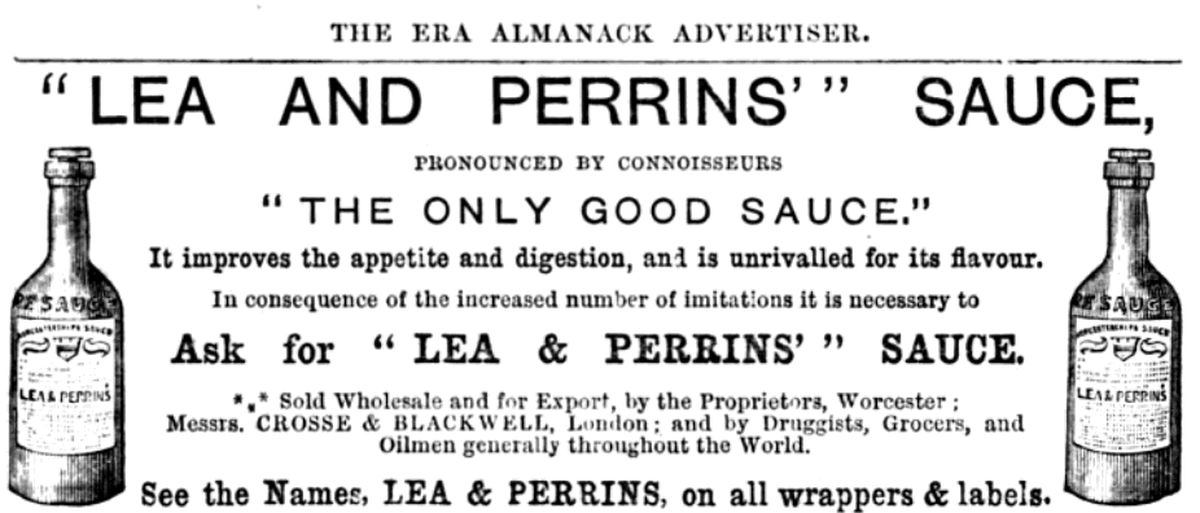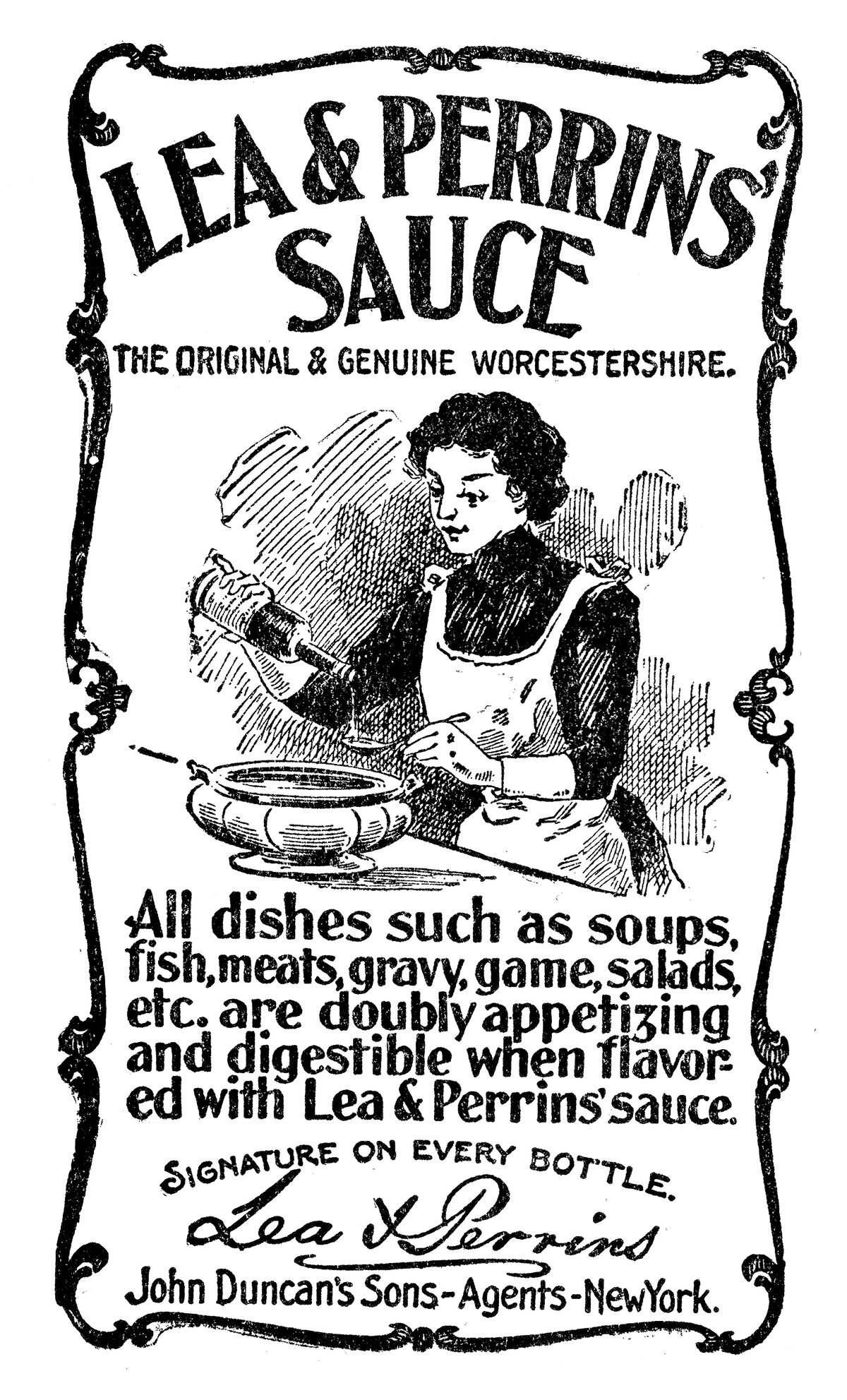Worcestershire sauce. I first heard of this confusing term when I was wandering a supermarket aisle filled primarily with tomato sauce, ketchup, mayonnaise, Thousand Island, you name it, it’s there. I’ll be honest, I had no idea how to say the name, so I kept quiet and later slowly Googled it.
vu·stu·shuh – A place in England, Worcestershire, is called like this. Of course, it is more popular as the birthplace of Worcestershire sauce. However, none of these are the things that attracted me to it. What surprised me was how this chutney, made somewhere in the middle of Britain, had an alleged Indian origin story.
craving for curry
The story begins in the 1830s; British officers stationed in India found themselves attracted by the local food – particularly the complex spices that made up Indian curries. Even after returning home, the aroma of cumin, tamarind, turmeric and chilli remained in his memories for a long time.
One such person was Lord Marcus Sandys, former Governor of Bengal. Back in England, Sandys missed the taste of India so much that he contacted two pharmacists in the city of Worcester, John Wheely Lee and William Henry Perrins, and asked them to create a sauce that would capture the flavor of Indian curry.
He took up the challenge, mixing vinegar with molasses, garlic, anchovies, tamarind, shallots and a secret blend of spices – perhaps his own version of curry powder. However, the result was unfortunately terrible. The chutney was so strong that it was unusable. Frustrated, the chemists put it away in their basement and forgot about it.

Months or perhaps years later (due to lack of documentary evidence around the same time), Lee and Perrins stumbled upon the barrel again. When they opened them, the strong, unpleasant smell had transformed into something new. The fermentation worked its magic, transforming a failed experiment into a rich, balanced sauce – tangy, salty and a little sweet.
That “accident” became the original Worcestershire sauce. Chemists bottled it in 1837 and the sauce quickly gained popularity not only in Britain but throughout the world.
reality check
As wonderful and incidentally accurate as this story may seem to one, it has some flaws that unfortunately raise doubts.
Arthur Marcus Cecil Sandys, 3rd Baron Sandys, the inferred “Lord Marcus Sandys” from the original story, was never Governor of Bengal. He may have traveled to India with the East India Company, but there is no record of his travels. There is also no documentary evidence to support this story. However, as with any cuisine, the ingredients don’t lie, and the ingredients of Worcestershire sauce also lean towards being of Indian origin.
Indian content
For something associated with English food, Worcestershire sauce is surprisingly Indian in flavour. Many of its key ingredients, such as tamarind, anchovies, chillies, cloves and curry spices, come directly from India. Most blends are part of everyday Indian cuisine, and even the concept behind the sauce – a mix of sweet, sour, spicy and salty – feels Indian.

Even though the origins of the sauce are still debated, one thing is certain – the consequences of colonization are still present in every corner of not only the survivors but also the perpetrators. Worcestershire sauce is a perfect example of cross-cultural exchange – what happens when curiosity and accident meet. The British wanted to recreate Indian tastes and to do so they invented something completely new. In a way, it’s the story of empire told through taste: a mix of invention, appropriation and adaptation.
In India, the fermentation process that transformed the mixture of lees and perrins is not at all new. For a long time, Indian cooks have used natural fermentation to enhance the flavor of fermented beverages, curd, pickles and idli batter. The sauce’s journey from a failed experiment in a British laboratory to an ingredient in international cuisine, once again shows how interconnected our lives have always been.